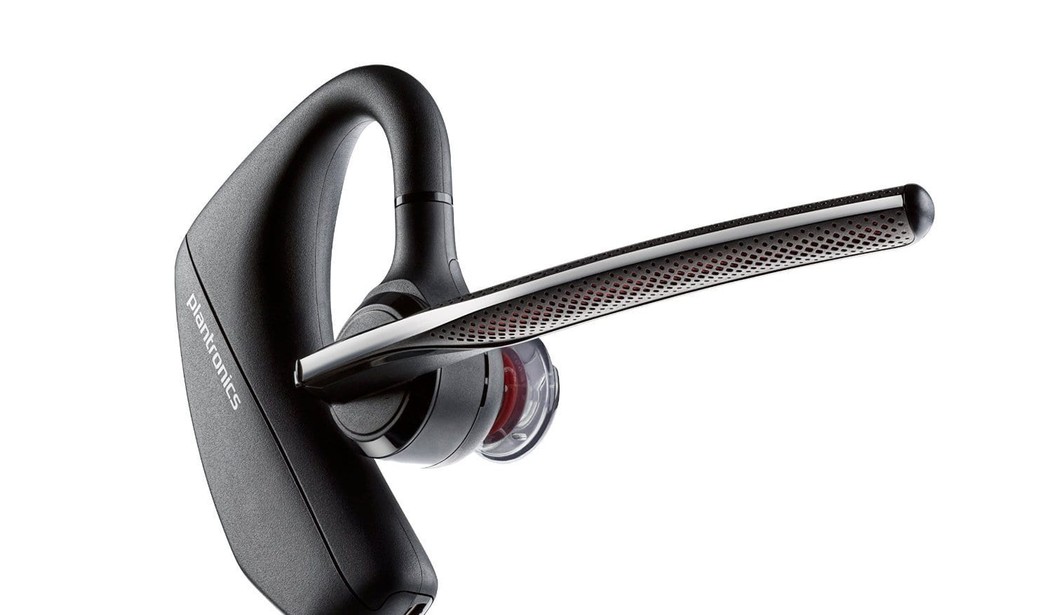With Apple’s elimination of the headphone jack and the rumors of Samsung doing the same, it’s a good time to look at your headset options for using your smartphone for making calls. Without an adapter, no longer will your trusty wired earbuds work.
While Bluetooth is often mediocre for listening to high-quality music, it does a better job for voice calls. Bluetooth headsets add an element of safety because the phone is not up against your head for long periods of time emitting radiation, and it frees your hands for other things, such as driving and typing.
But with many models, along with their convenience, come numerous drawbacks. Words sometimes get clipped, background noise and wind noise can make it difficult to hear and be heard, and you need to keep the battery charged. But some new premium headsets are said to have solved these problems and offer better noise reduction, less interference from wind, and increased clarity on both ends. And with the advent of Siri, Cortana, and Google Assistant, a wireless headset now lets you have a private assistant by your side, accessible at the press of a button.
While there are dozens of Bluetooth headsets available at all price points, I tested the top-of-the-line models from Jabra and Plantronics to so see how good they really are. They are the Jabra Stealth ($100) and the Plantronics 5220 ($120).

Jabra Stealth—Image via Amazon
The Jabra Stealth is very appealing at first glance. It’s very small and discreet, consisting of a cylindrical section that rests in your ear with a thin black extension housing the microphone. It’s small enough to almost get lost in your pocket. It has an on-off switch, a voice command button, but no volume control, and, like the Plantronics, can pair with your phone, either using the normal Bluetooth pairing process or NFC, if your phone has that feature. (To use NFC, you just bring the headphone up against the phone and authorize it to connect. Many Android phones have NFC, but iPhones do not.)
Two of the most important criteria of cellphone headsets, besides voice quality, are fit and battery life. The Jabra Stealth uses a small soft rubber hook that helps it stay in place by hooking into the ear just outside of the entrance to the ear canal. But I found it didn’t hold very well, and occasionally would fall out, regardless of which of the three sizes of the hooks I used. There’s an optional clear plastic hook included that you can add to the Stealth and hang on your ear, but it was hard to put on, appeared fragile, and seemed like an afterthought.
The Plantronics 5220 sits in place much more securely because it wraps around the top and back of your ear and is held much more securely. An adjustable boom projects down toward your mouth. In fact, this headset is the sixth or seventh generation of the same basic over-the-ear design.
Each model was comfortable for all day use, while the small size of the Jabra made it less noticeable for those wanting to be more private. But I had a concern that I’d lose it much more easily.
Battery life on the Plantronics was more than sufficient to get through the day, while the smaller Jabra sometimes needed to be recharged a second time during the day with frequent use. The Plantronics also offers a clever $39 combo hard carry case/desk stand with a built-in battery that can recharge the headset twice.

Plantronics 5220—Image via Amazon
Both headsets use apps that include instructions and provide access to special features, including turning the settings on and off and using the phone to find your headset if it’s misplaced.
Both models claim weather resistance with modest protection from light rain and sweat, and both seem sturdy enough to carry in your pocket without becoming damaged. The Plantronics has a sensor that knows when you put the headphone on or off to automatically pause the audio.
As to audio performance, both worked well under normal conditions, although the Jabra sounded a bit more tinny. Under more adverse conditions, the Plantronics really excelled. I made test calls from my car with the radio playing in the background and with the air conditioner fan blowing at full blast to create wind noise. The person on the other end heard my voice clearly with no wind or radio noise. The clarity of the Jabra under these same conditions was just not as good, with the person listening reporting that my voice was less clear and sometimes garbled.
For comfort, battery life, and audio performance, the Plantronics 5220 is the clear winner. While it’s one of the most expensive headsets you can buy, it’s also the best performing model I’ve ever tested and is worth every dollar. The prices noted are the manufacturer’s suggested retail and the product can often be found at substantial discounts, making it an even better deal. Amazon currently has the Jabra Stealth for $65 and the Plantronics 5220 for $109.









Join the conversation as a VIP Member